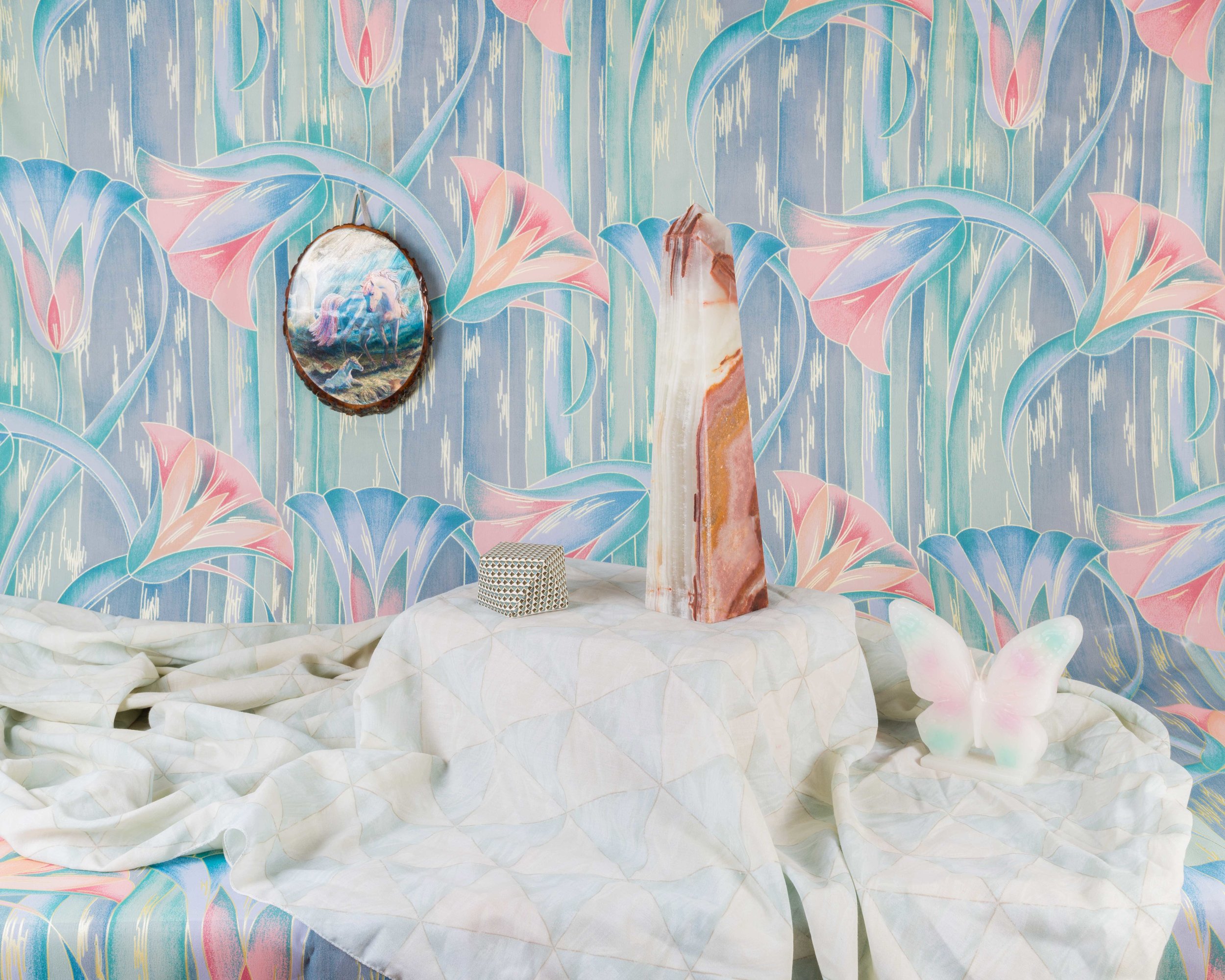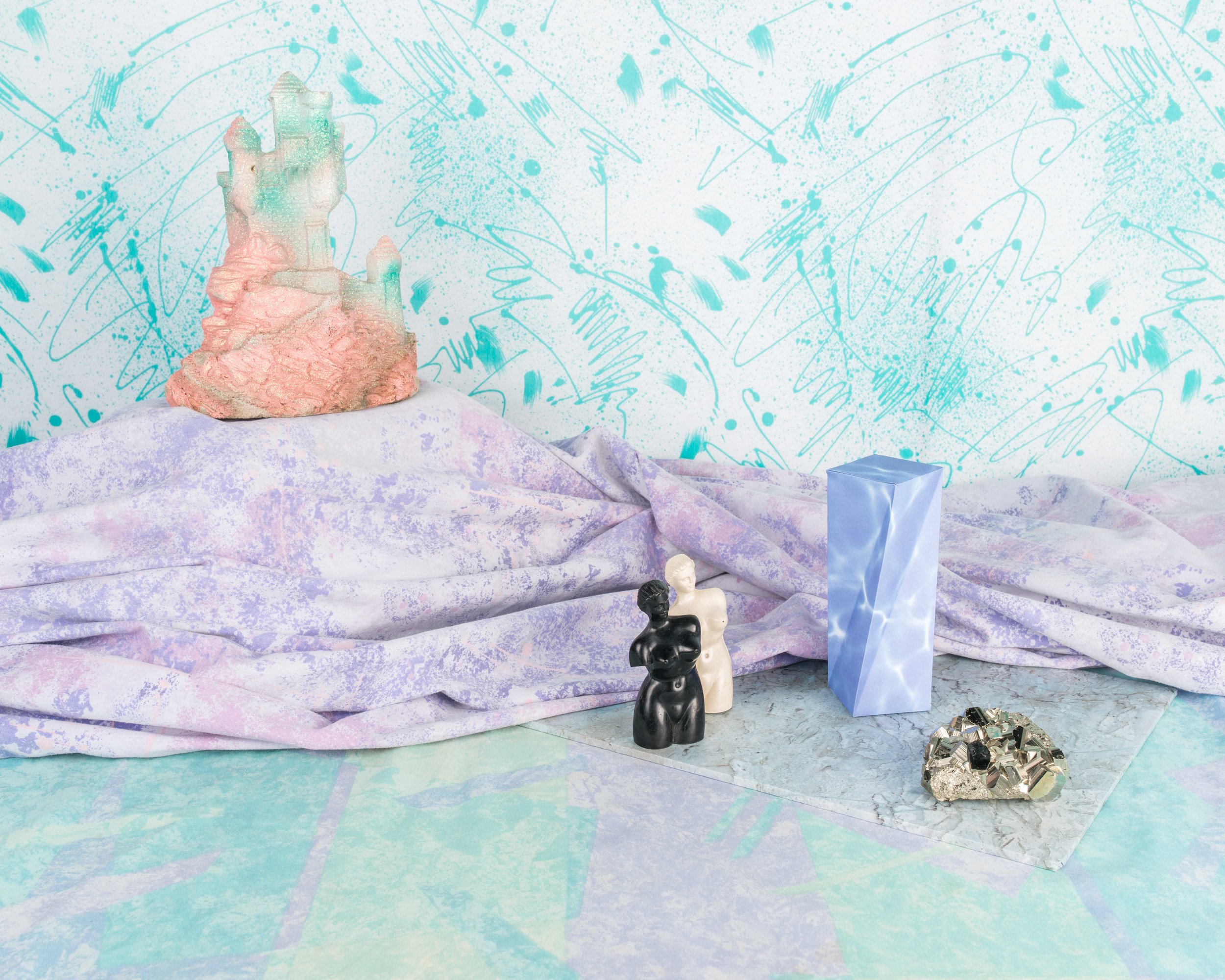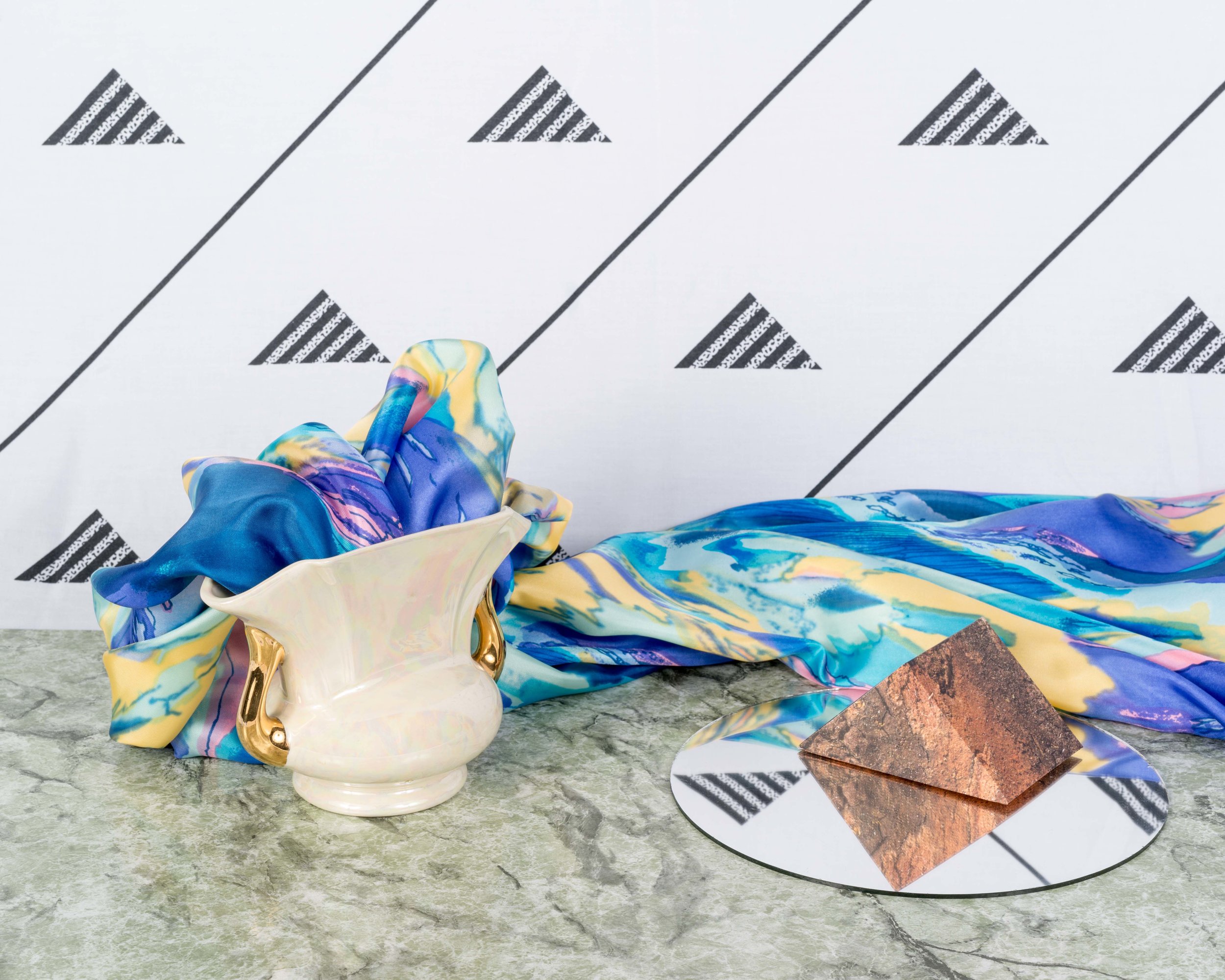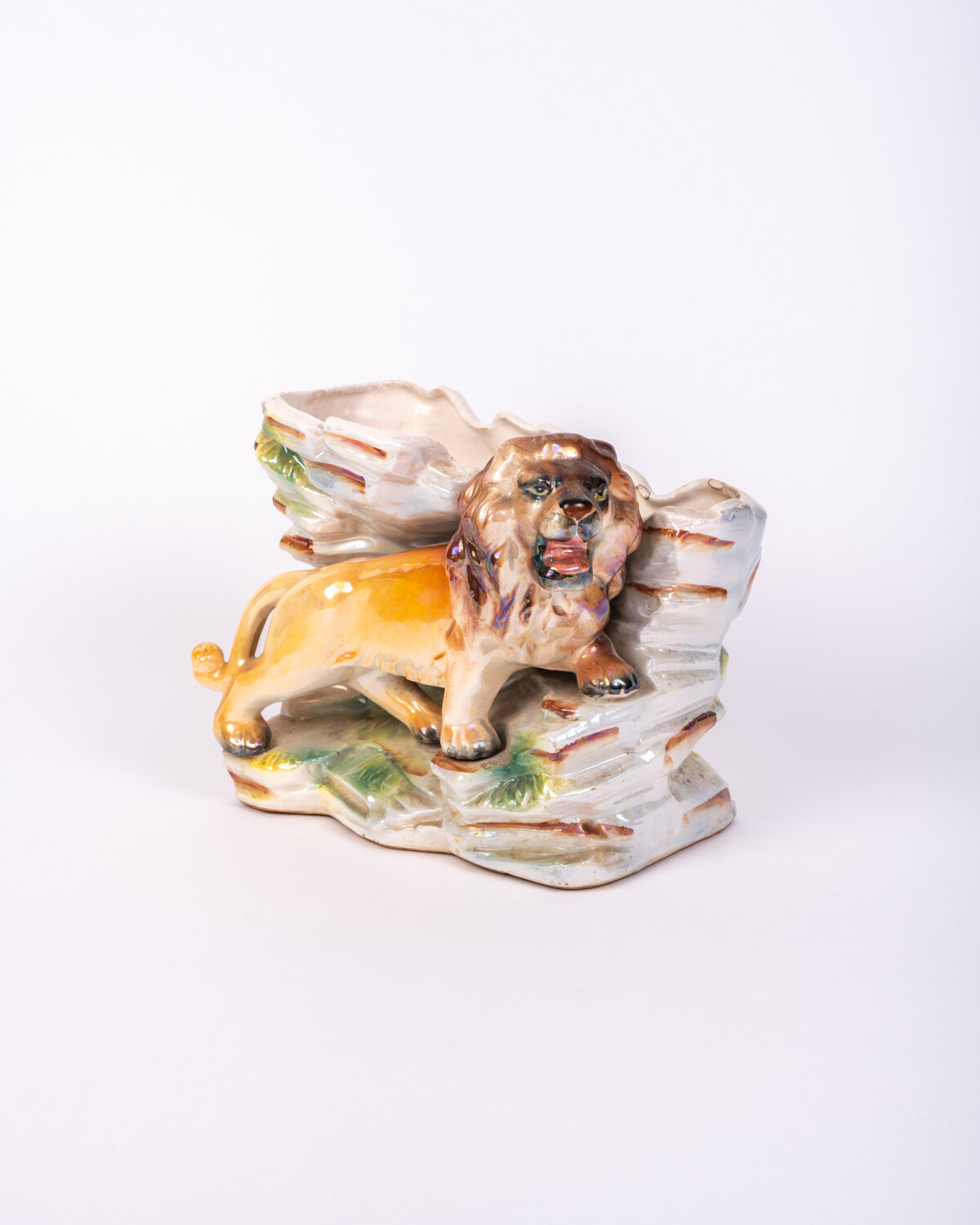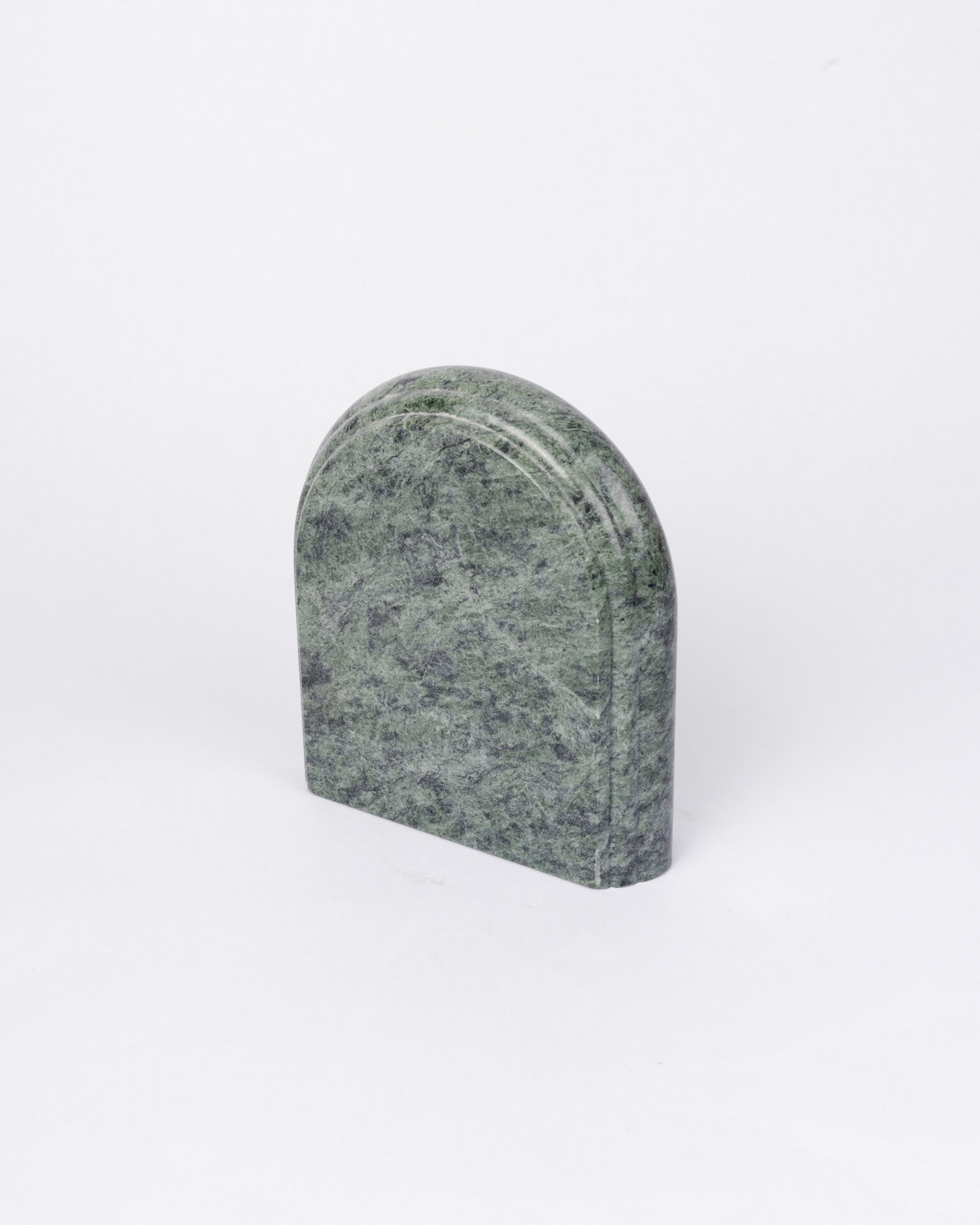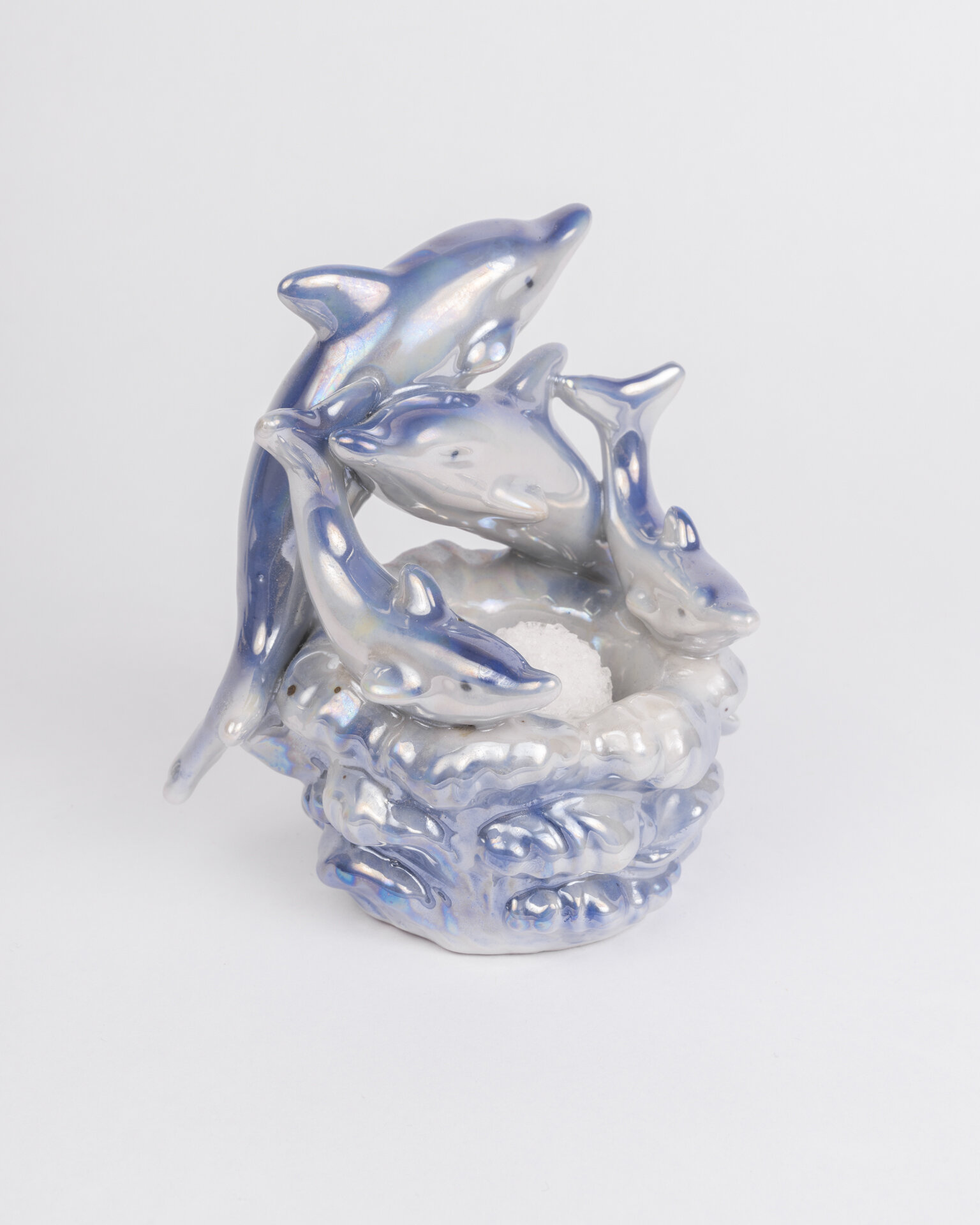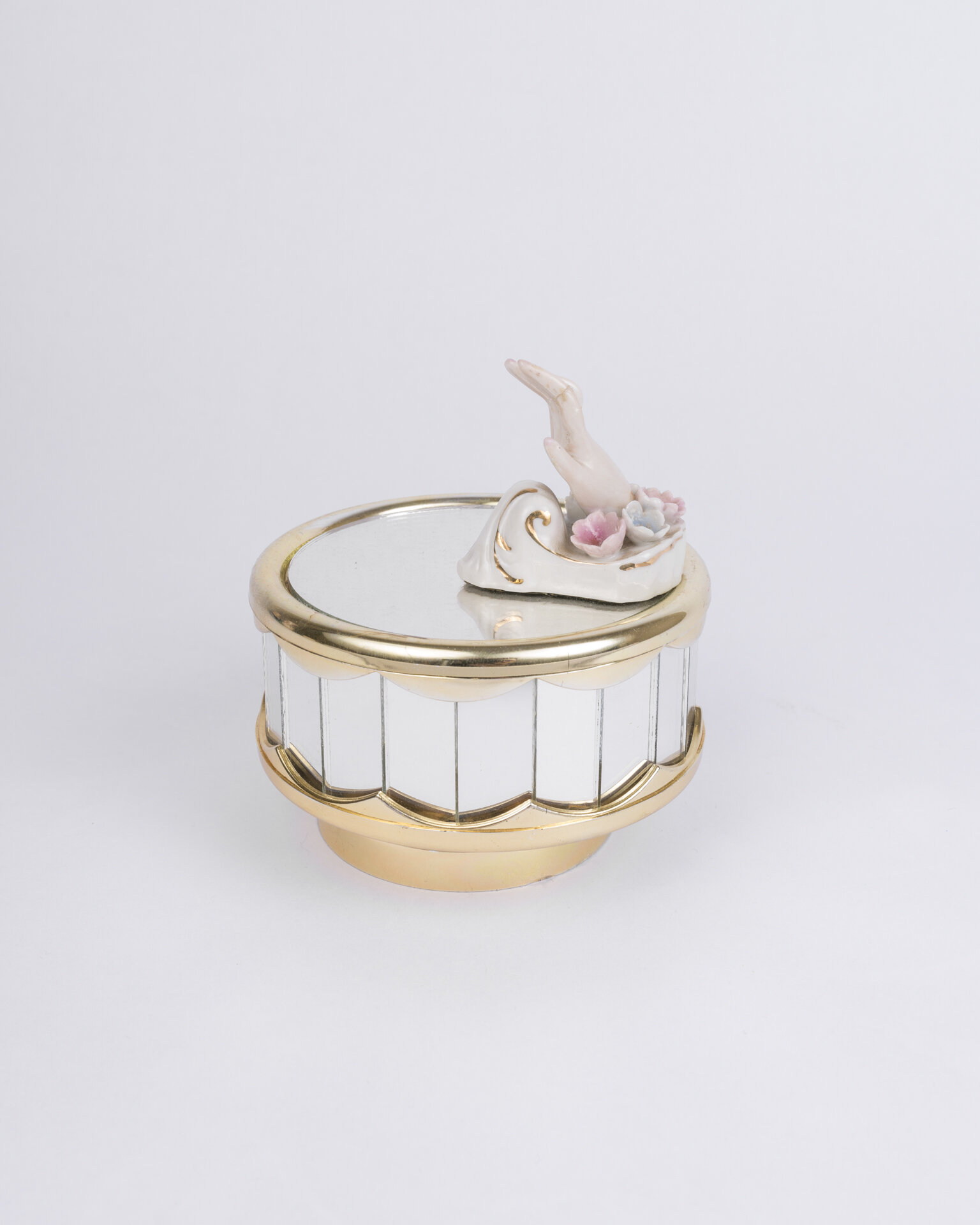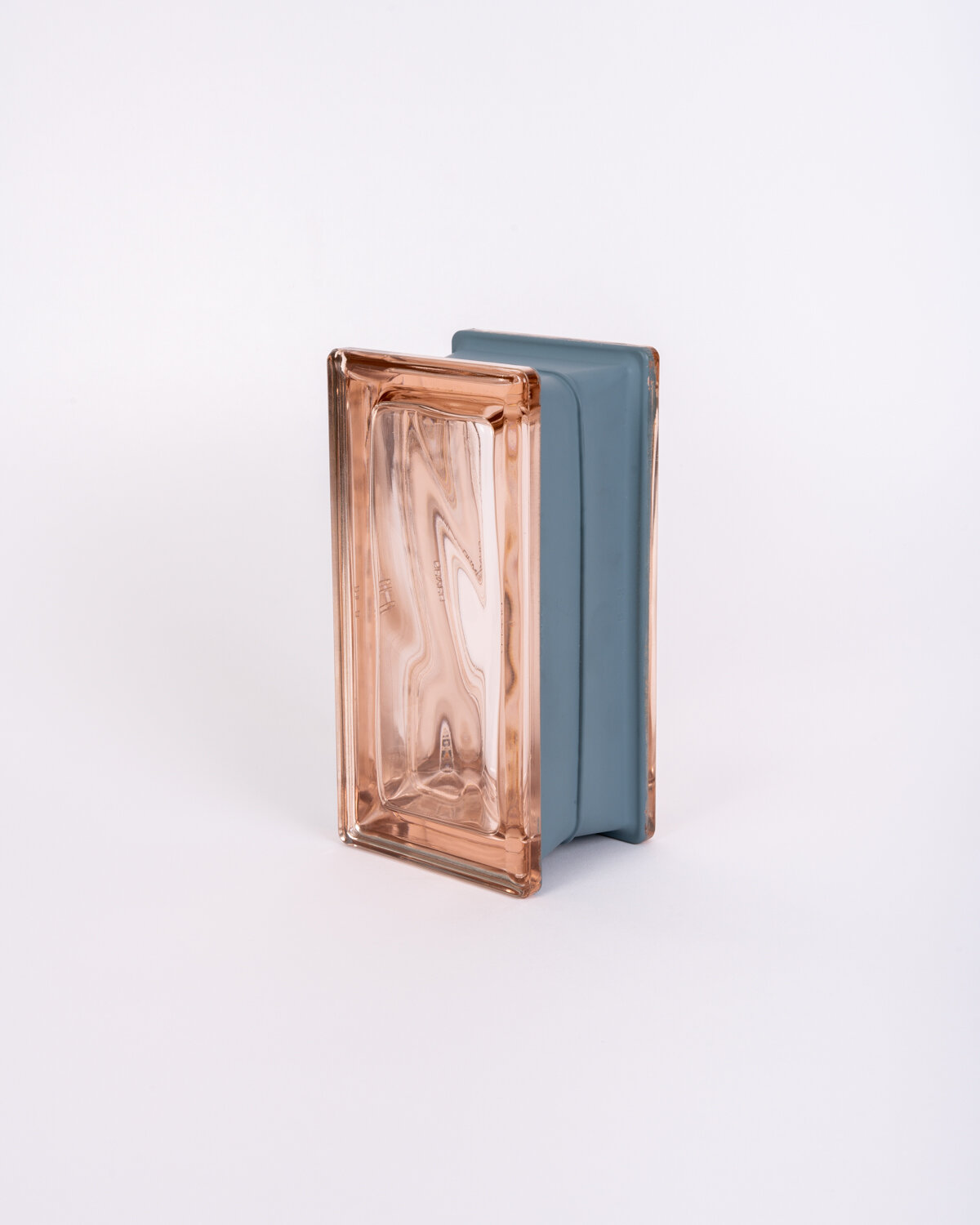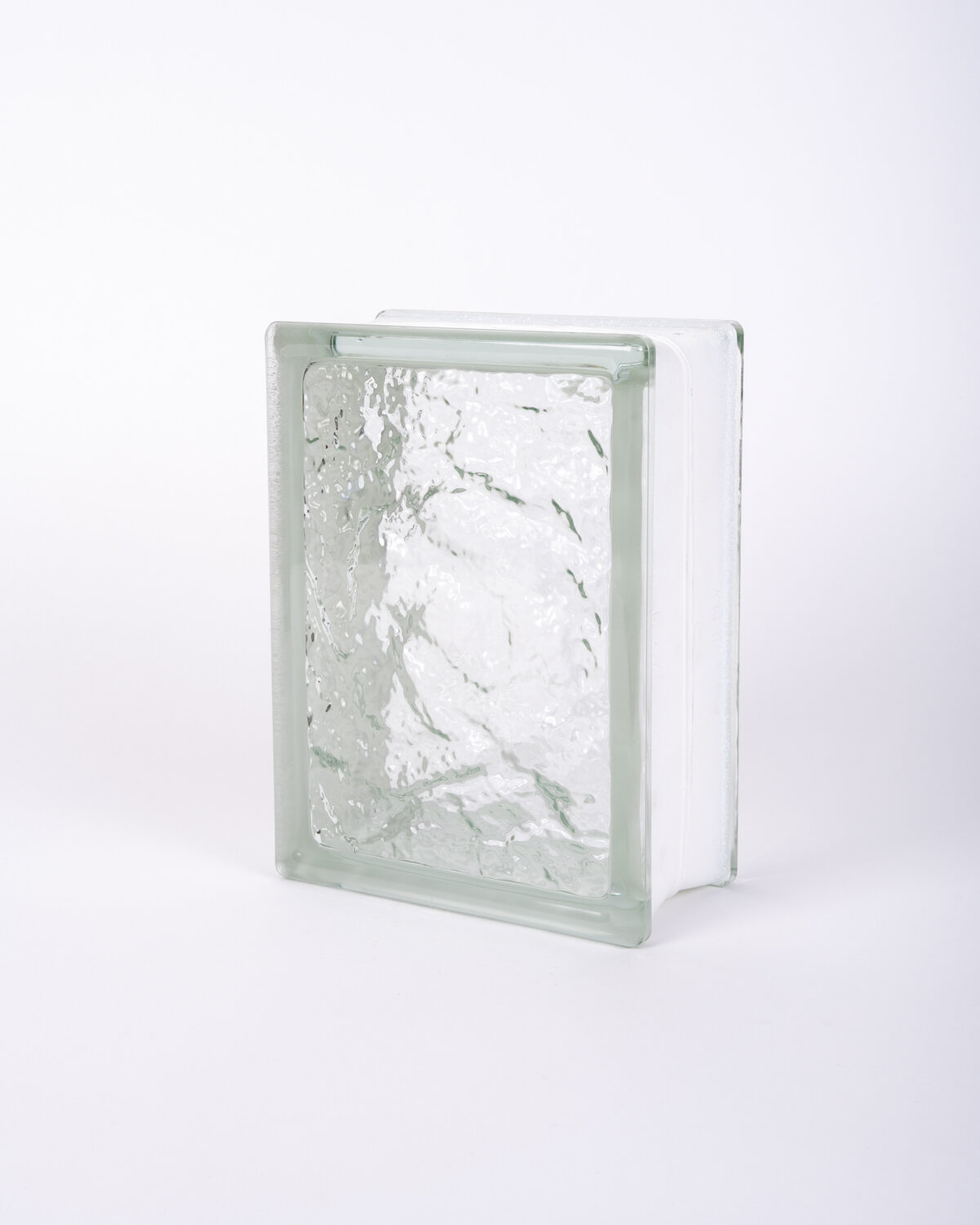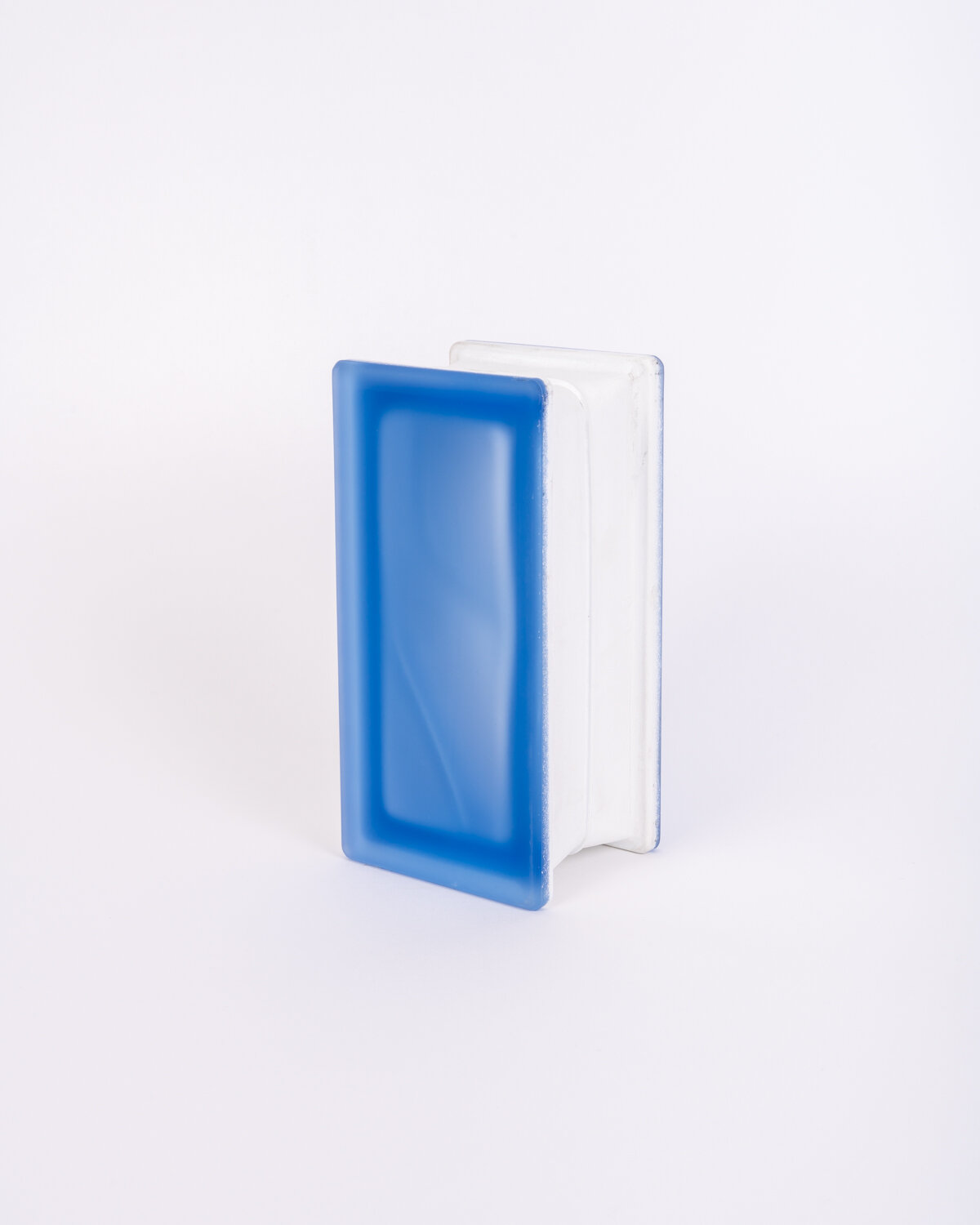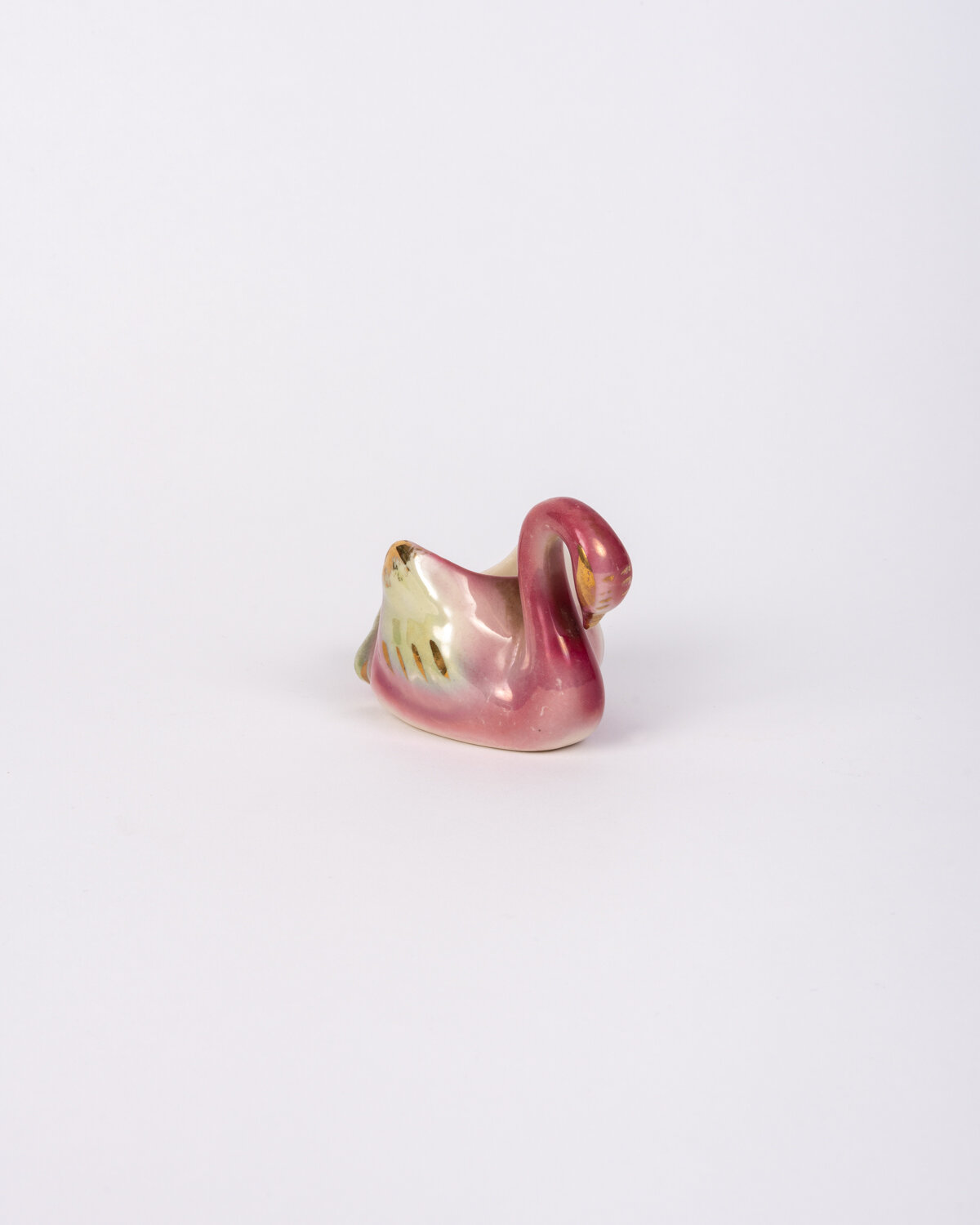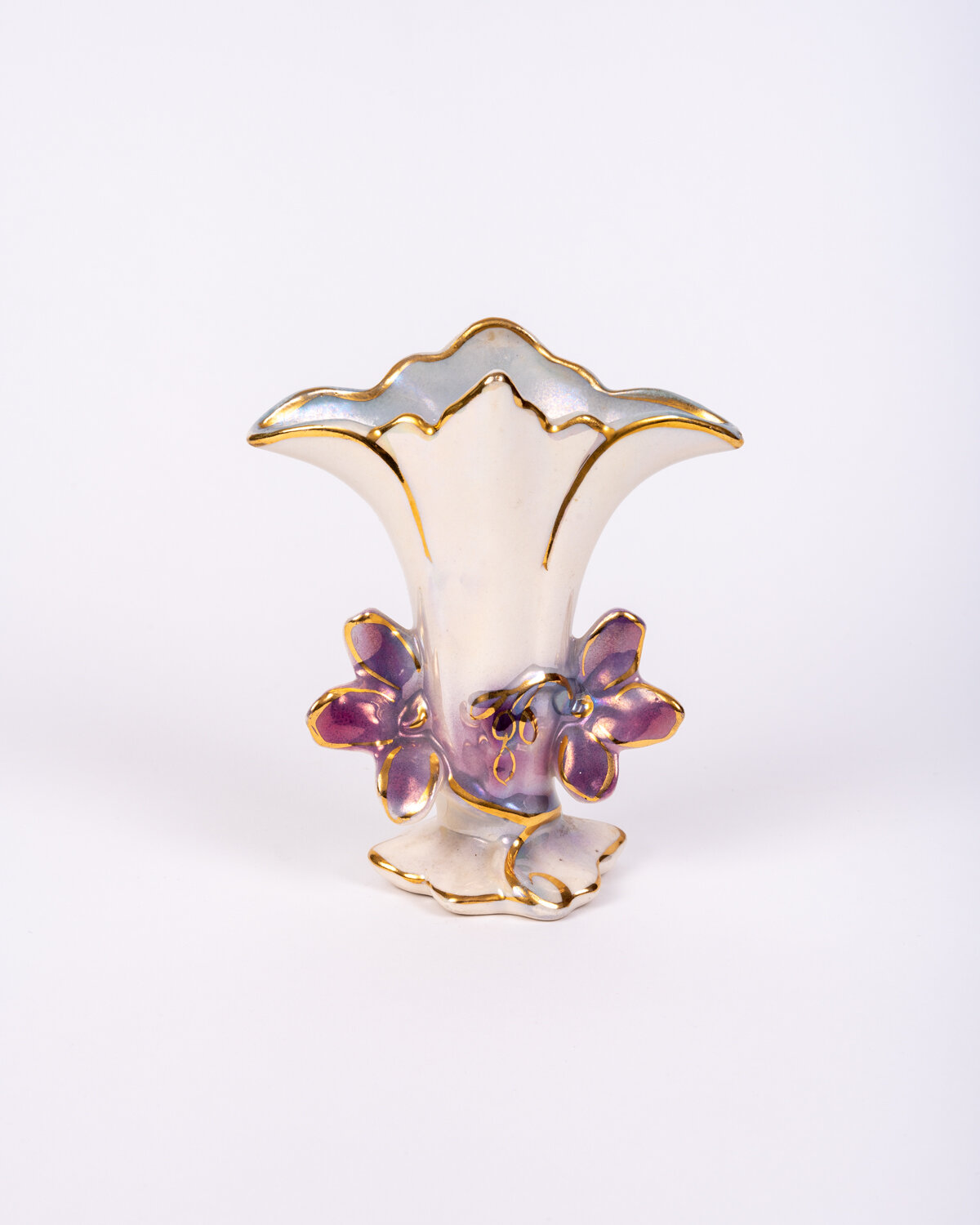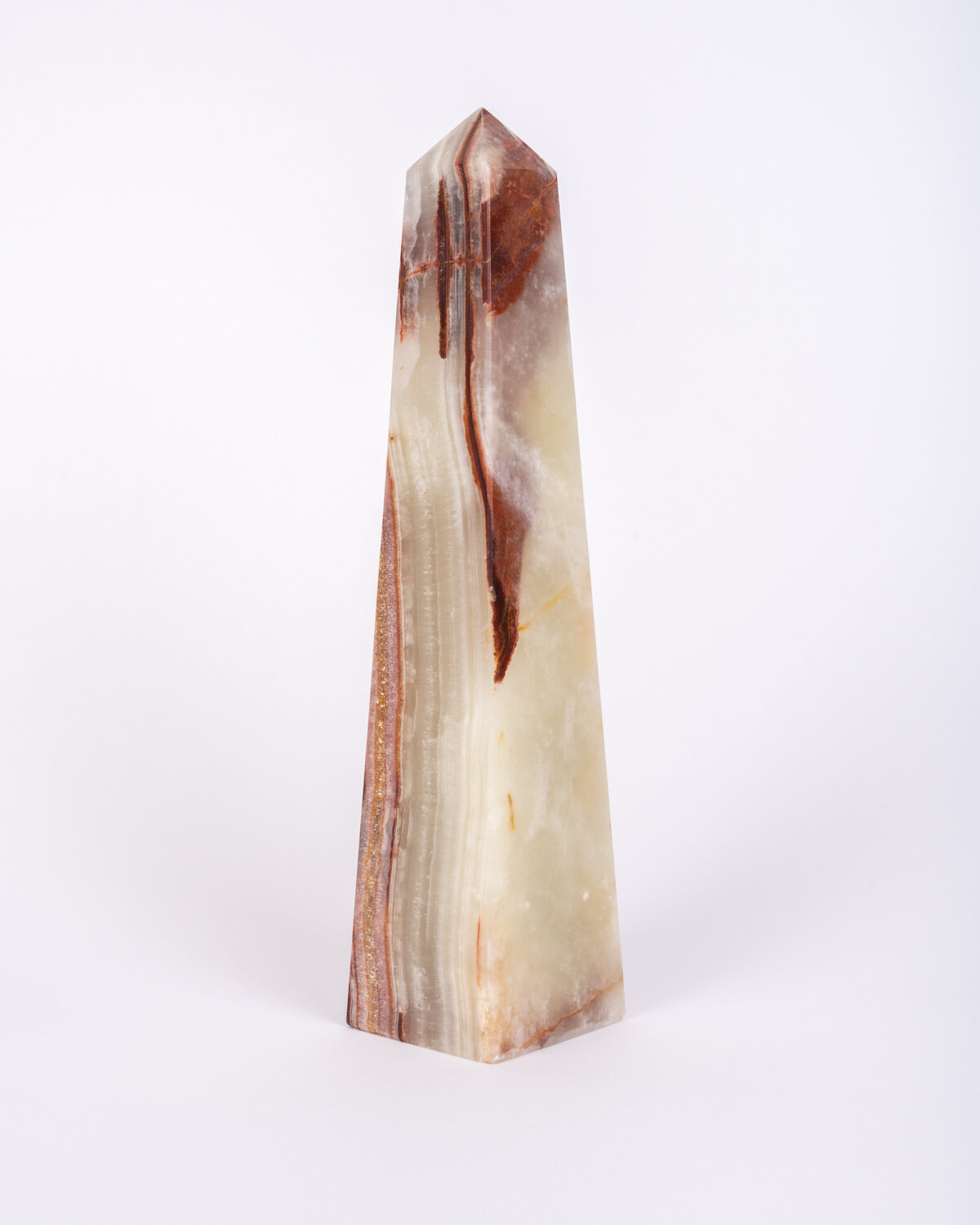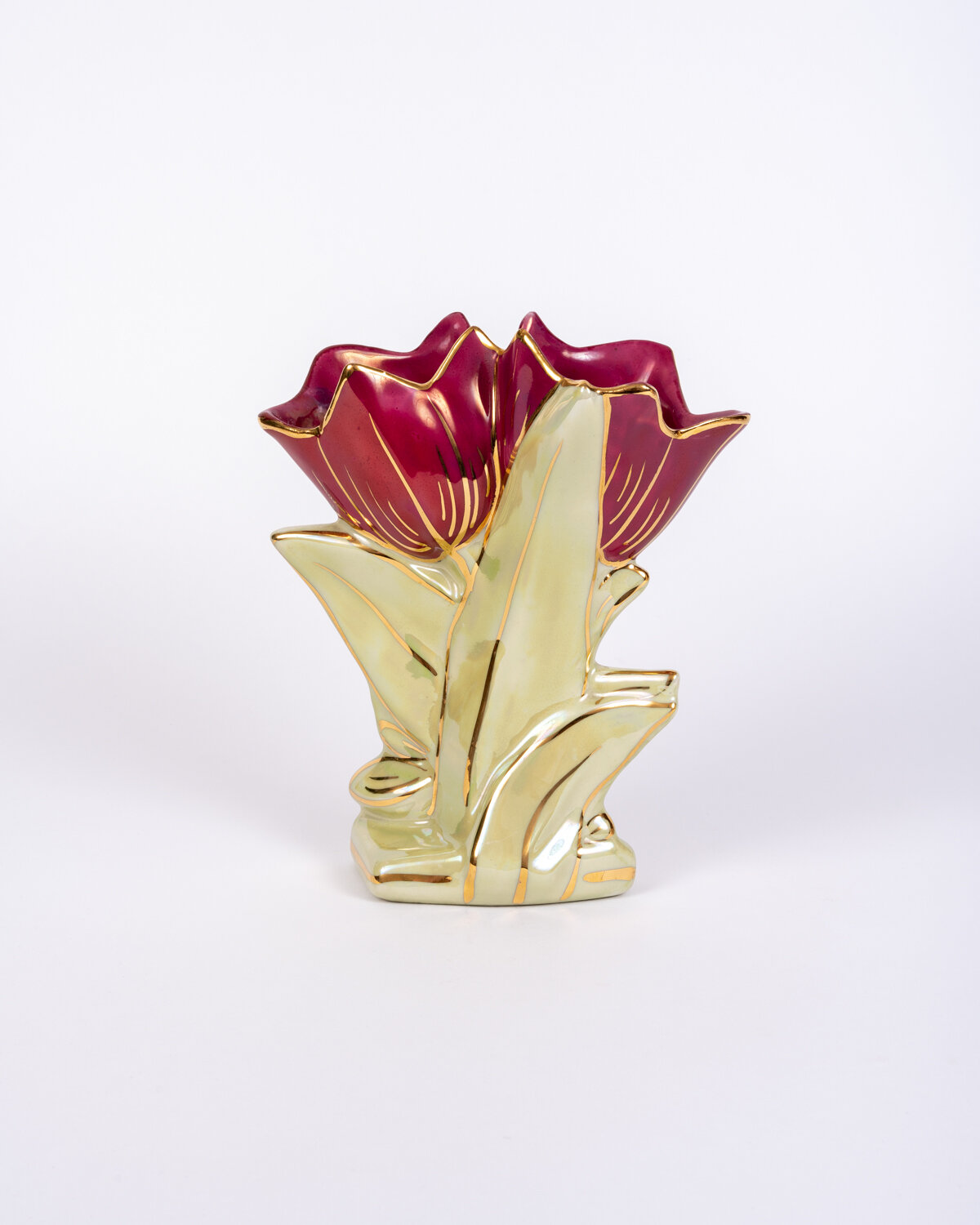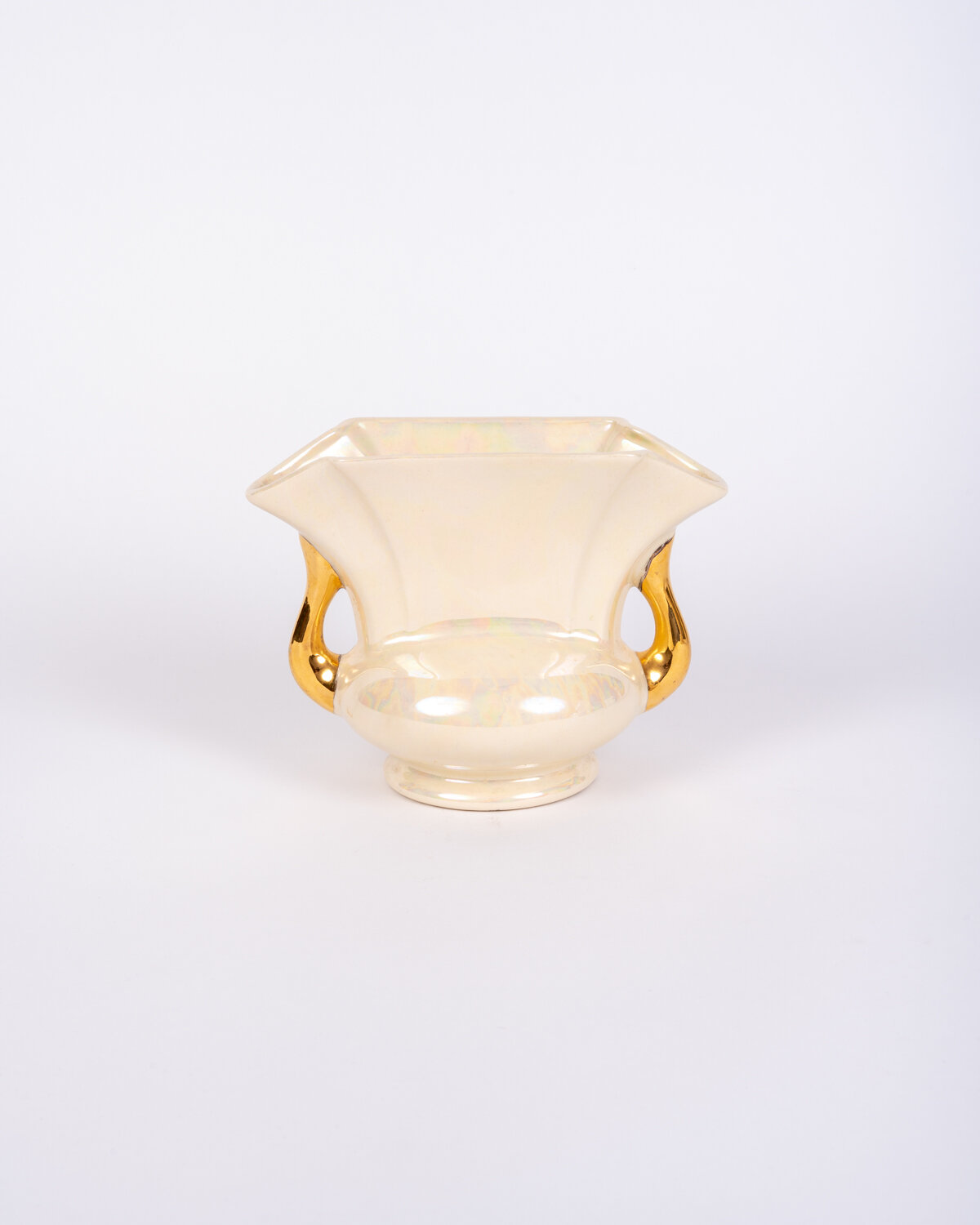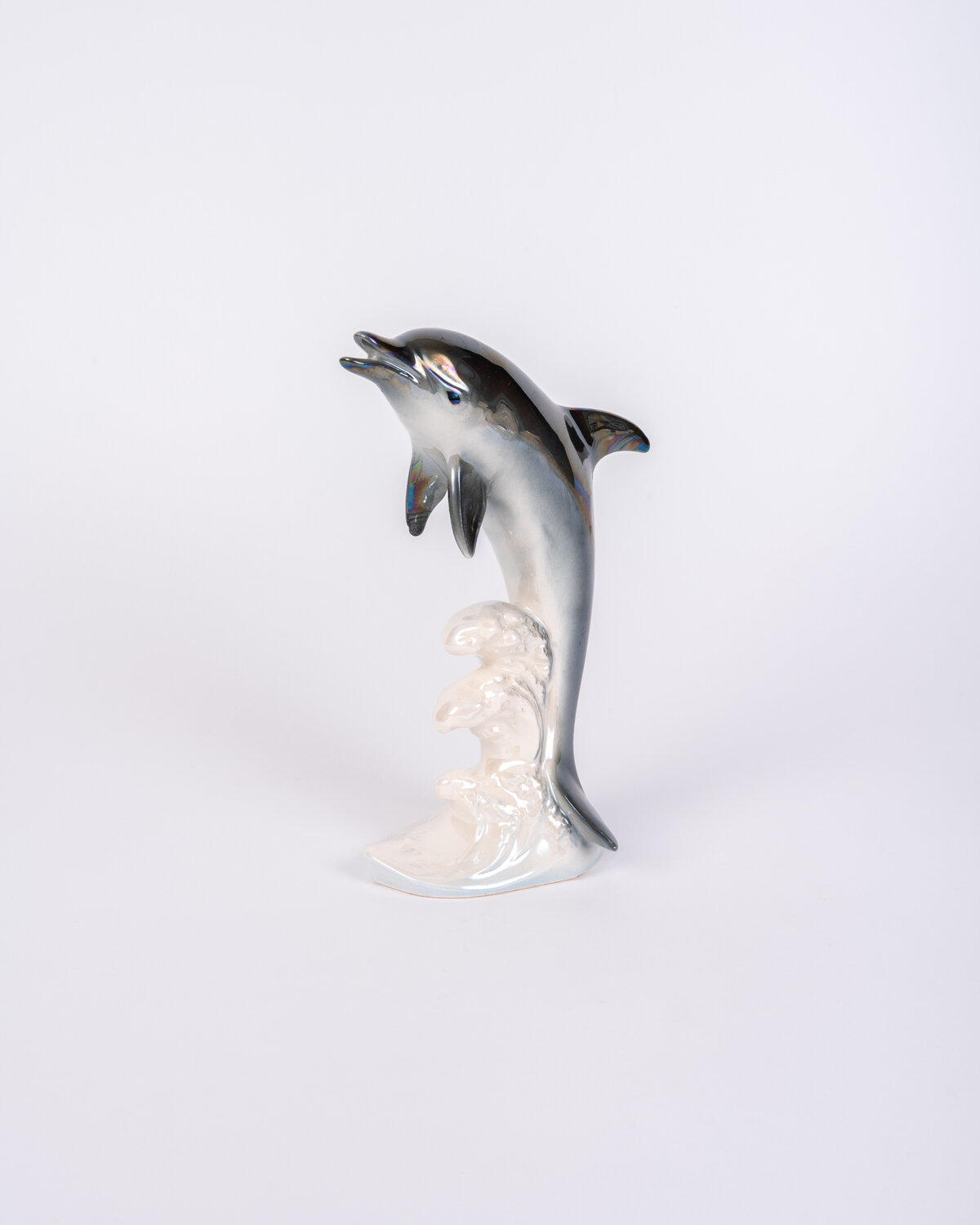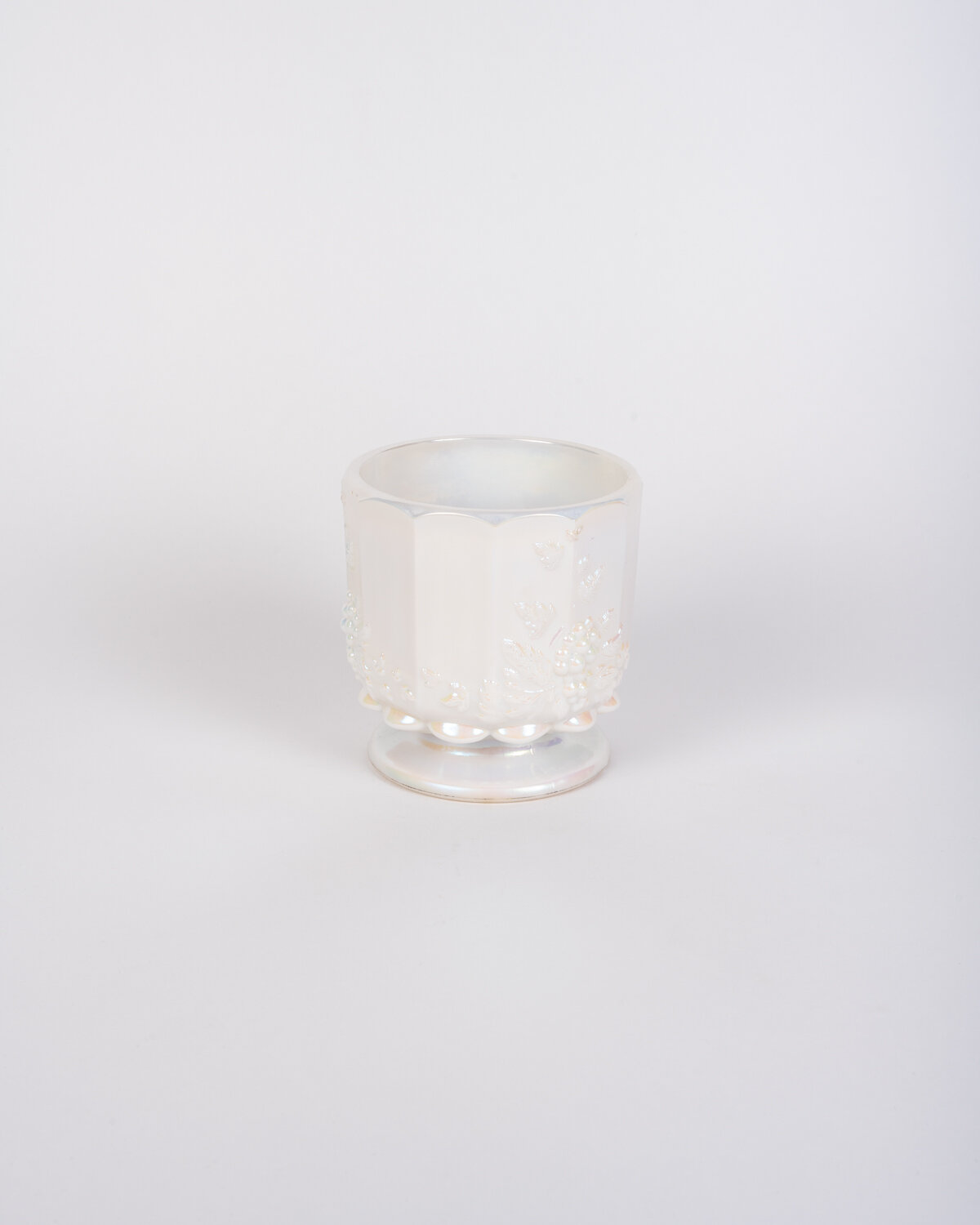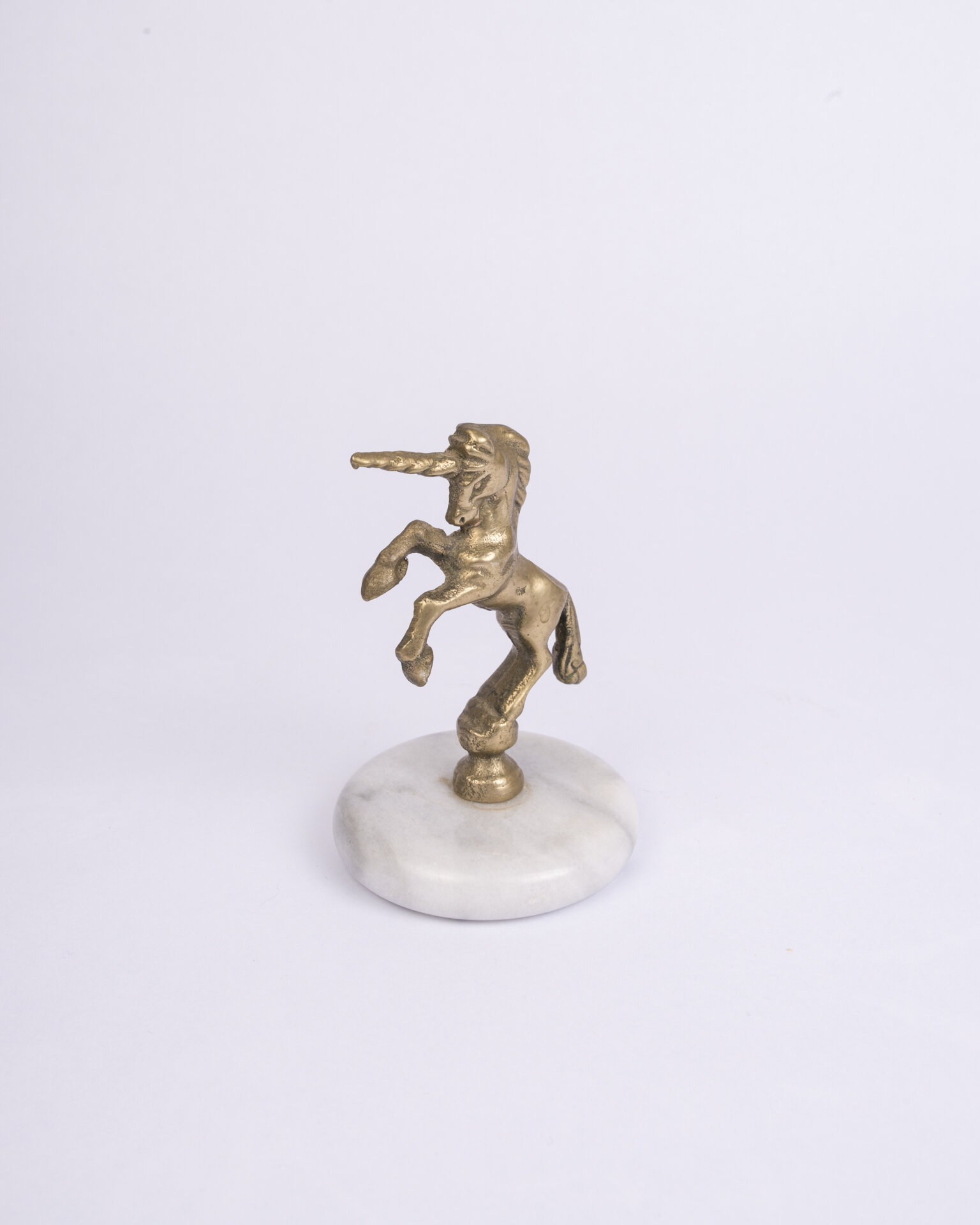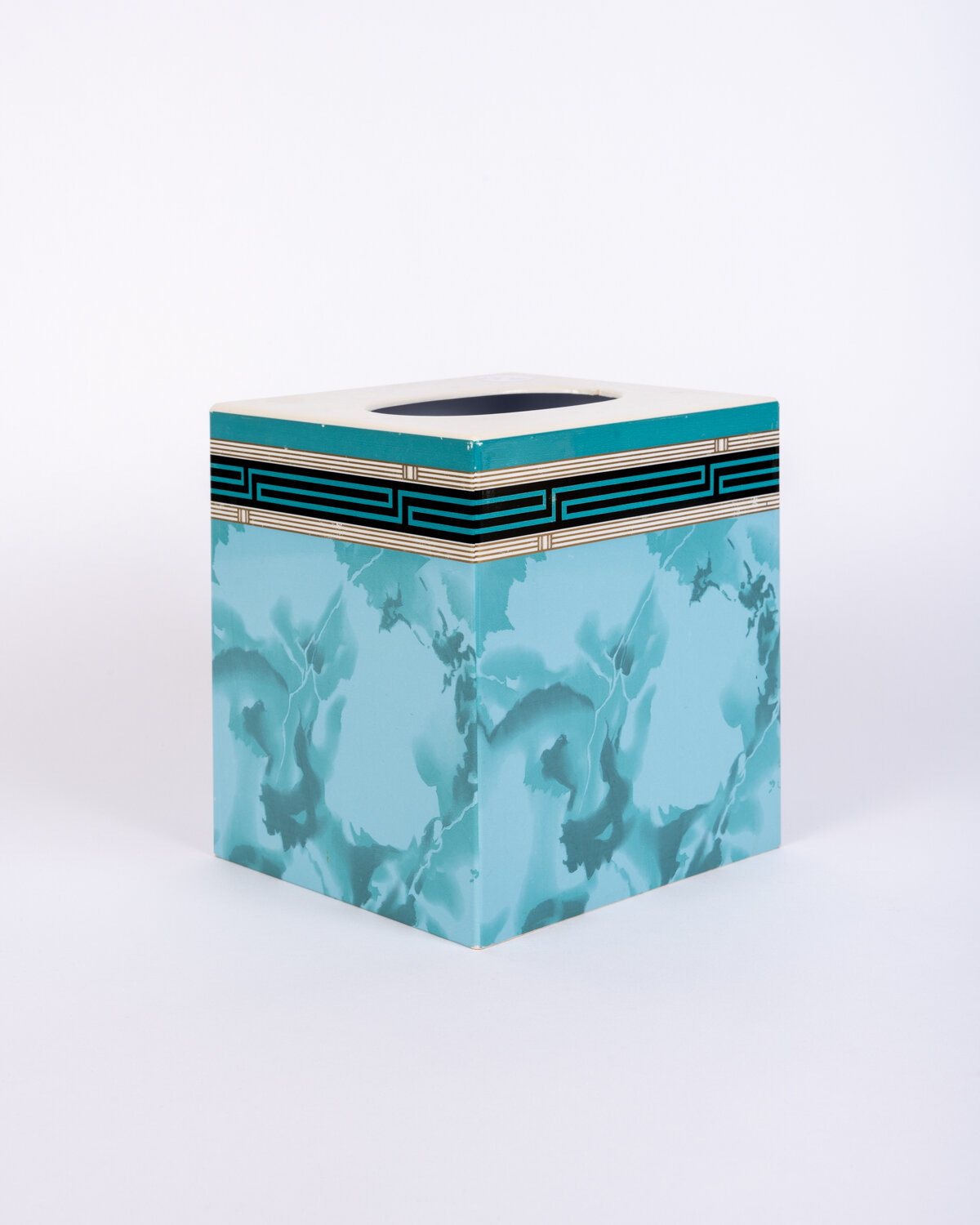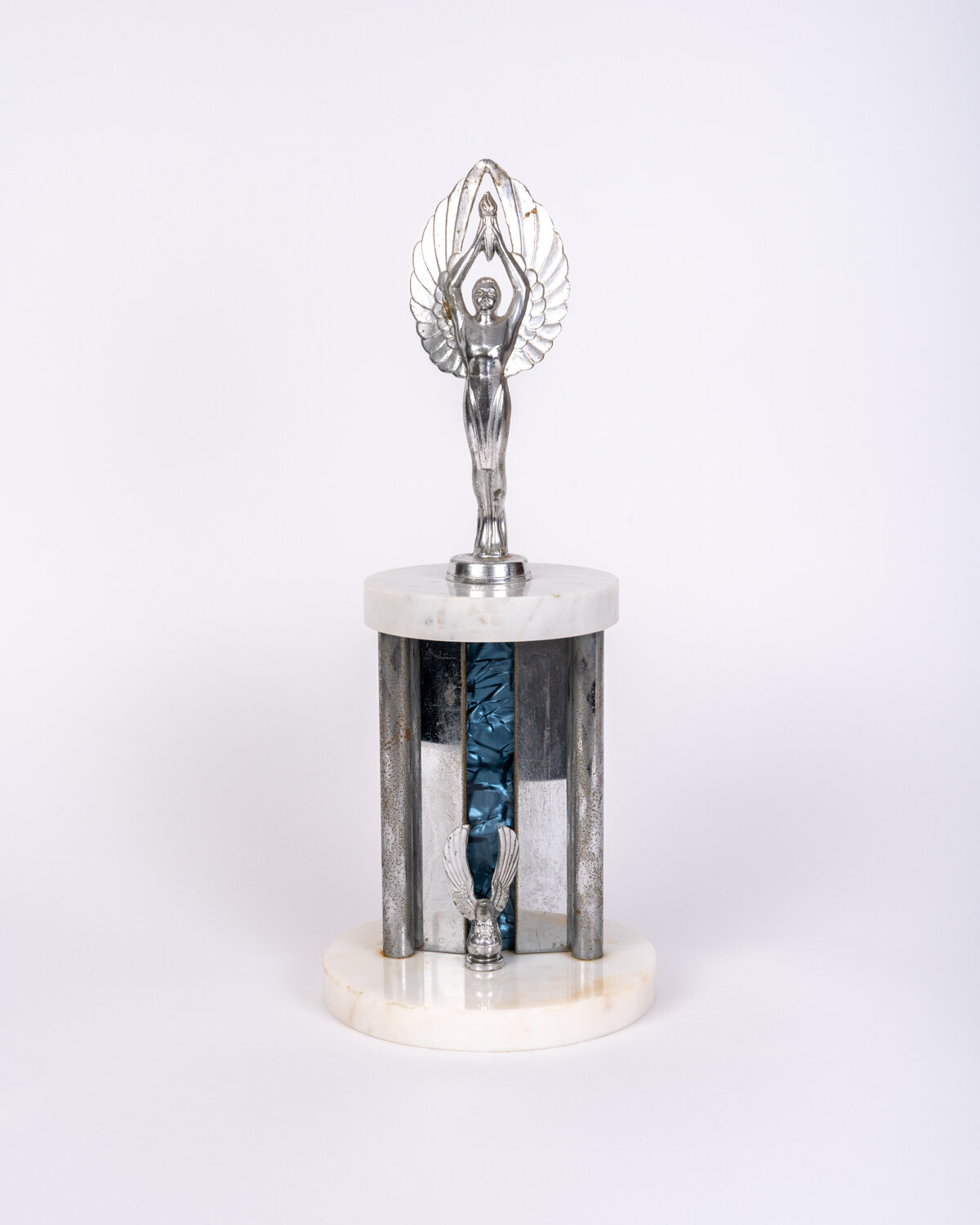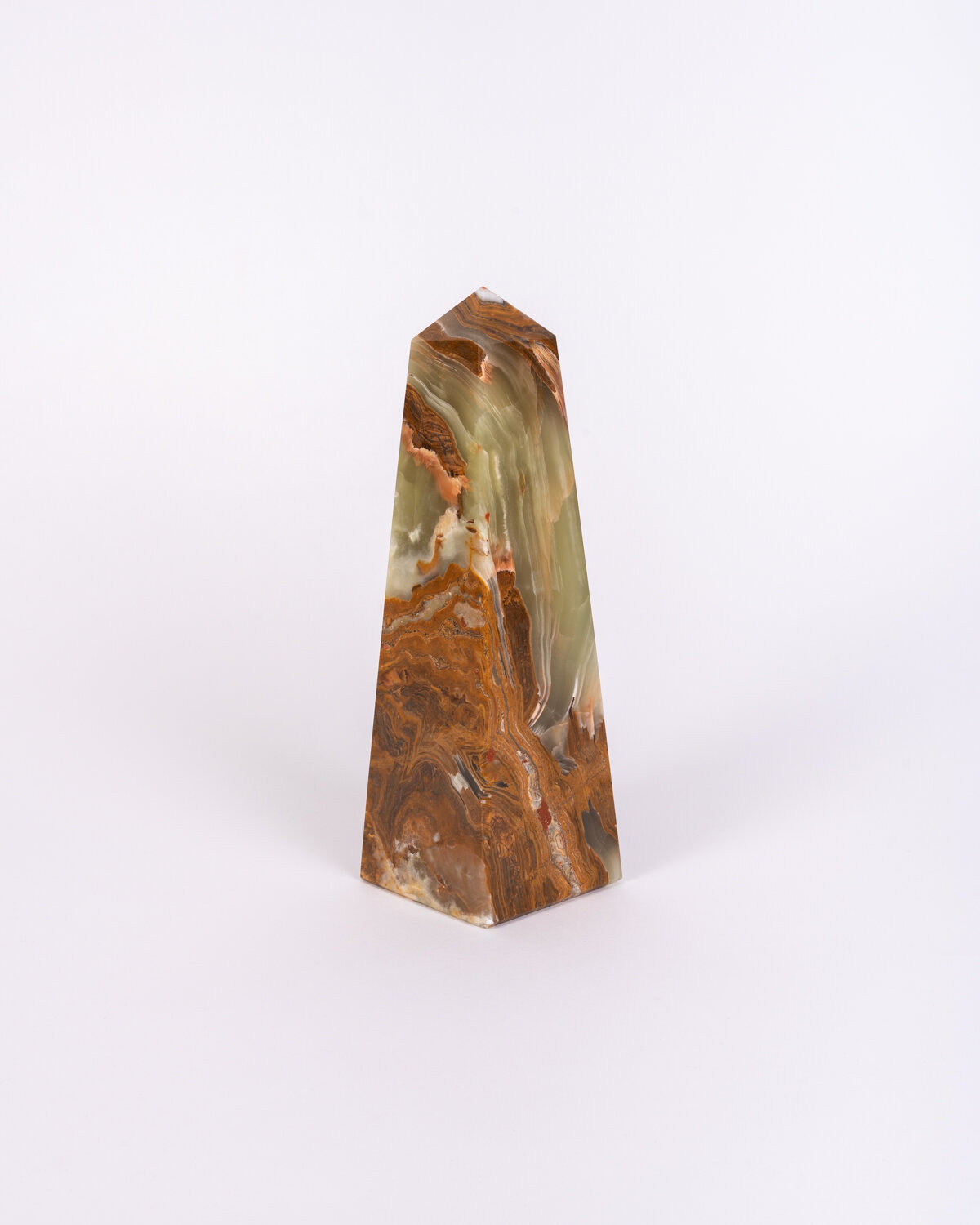I was designed to be a boy beauty queen. Growing up as an adopted only child that was home-schooled, I was constantly reminded of how different I was from other boys my age every time I’d go out of my house. I was a figure skater, a dancer, and my mom signed me up for pageants. I was often the only boy enrolled in my activities. I always knew I was a little different, but being queer was never an opportunity I was exposed to until college. My mother was the buffer between myself and the world, often making every decision for me, “for my own good”.
My childhood was a constant uncomfortable combination of things that were visually incoherent. Much like my identity, the home that I grew up in was a work in progress, utilizing discount flooring and mismatched sale wallpapers and paints found by my mother. The home had no cohesive character or atmosphere; it was a visual disaster. My mom passed away shortly before I came out, moved out of the house and began living on my own. I began critically analyzing my mother’s aesthetic and linking her design sensibility to my childhood development.
My still-life photographs are an effort to connect my feelings toward my formative years and my relationship with my parents. The combination of materials in my images are structured to reference otherness and isolation in a visually functional manner, in an effort to rebuild the home in which I grew up. Many patterns and objects in the photographs are those that I’d see in friend’s homes or on TV, but never in my own. The stand-alone objects are pieces that are too dominant or minuscule to be included in the still-life images, but are documented against a white background to give the viewer an opportunity to examine the piece on its own. Each image relates to a memory from my past, whether clear or vague, and by combining certain objects with others, I attempt to bridge the gap between the environment I knew and the one I may have desired.
